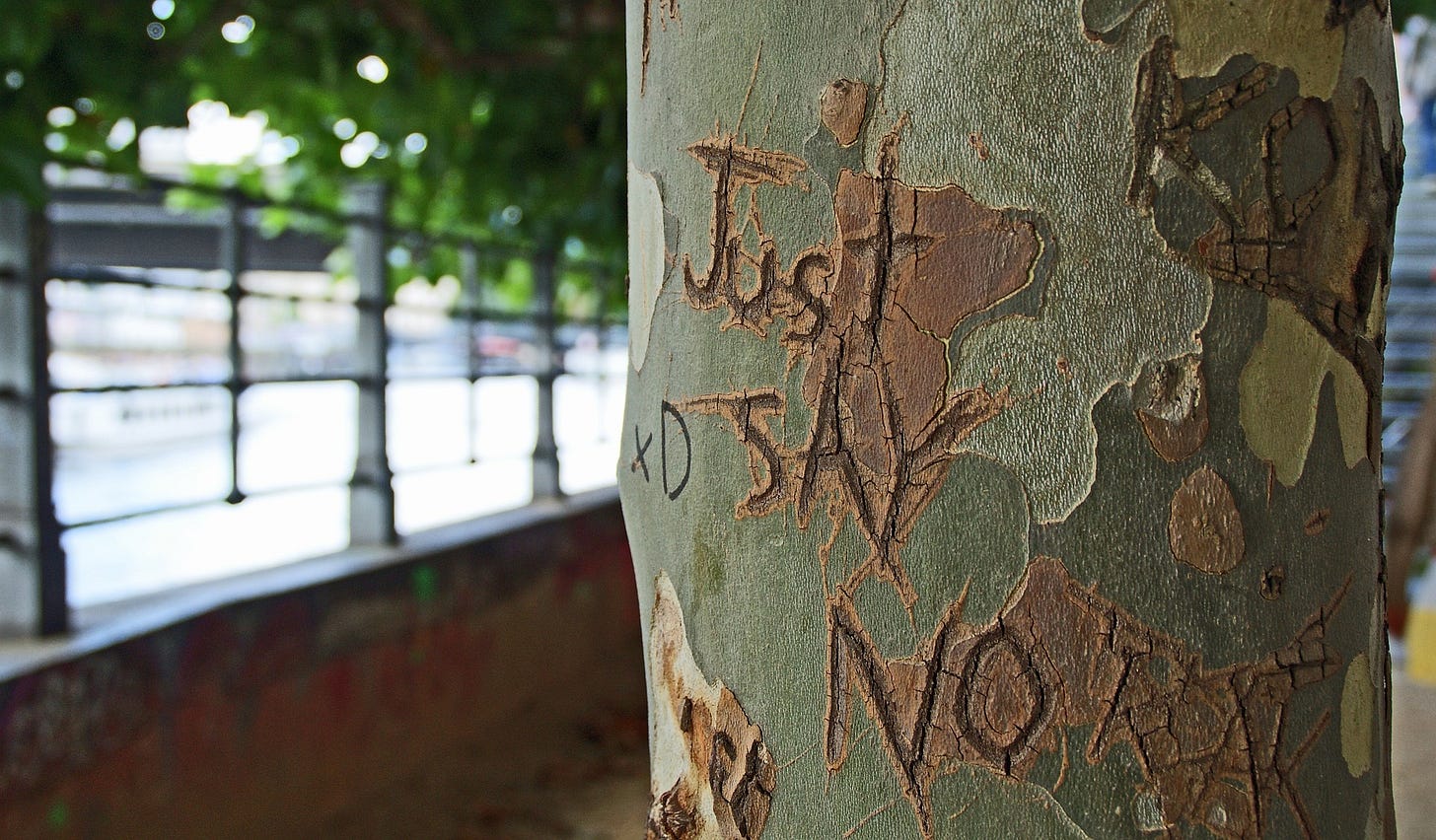“This is a really great idea, I can see why our customers would like it. Well done. But we’re not going to build it. Instead, here’s what we’re doing.”
Well, saying “No” is probably the most important yet challenging skill to hone as a Product Manager. More often than not, you have to say “No” to people both inside and outside the organization, including your boss, your CEO, and the customers. While a well-pitched no can make life easy for everyone, a hastily decided “No” may bring some trouble.😉
PMs often come across many ideas from various corners of the organization. But they have limited resources, budgets, and time. Thus, a major part of a PM’s job is to validate these ideas and pick the best ones. And that often leads to saying no to 95% of the time, if not 99%.
Good ideas often come with a lot of reasons to say “Yes.”
Remember, you need to recognize the great ideas. There will always be good ideas and a lot of temptation to say “Yes.” We need to learn to recognize and tackle them.
Here are some tale-tell signs about them -
But the data looks good.
But it’ll only take a few minutes.
But this customer is about to quit unless we deliver this.
But we can make it optional.
But my cousin’s neighbor said.
But we’ve nothing else planned.
But we’re supposed to be allowed to work on whatever we want.
But 713,000 people want it.
But our competitors already have it.
But if we don’t build it, someone else will.
But the boss really wants it.
But this could be “the one.”
Things to follow while evaluating an idea
1. Listening is the key
The key is to listen and understand the deeper need behind the idea than to accept it at face value. Knowing more helps you navigate better.
2. Seek more information
Ask questions—a lot of them. Make sure you understand what the person is talking about and where he is coming from.
3. Evaluate thoroughly
Some PMs often take this for granted that they have to say no to everyone and everything, which is the wrong way to go about it. There is no such thing as a bad or stupid idea. As a PM, you should encourage the idea to flow throughout the organization. Listening and evaluating ideas is key. Here is what you can ask instead to evaluate an idea -
Does it fit the vision?
Will it still matter in 5 years?
Will everyone benefit from it? - Beware of Fre-cency bias
Will it improve, complement, or innovate on the existing workflow?
Is it feasible?
What is the risk?
Which metrics will be improved if we do this?
4. Say a Good No, and avoid a Bad No
A well thought out no, delivered at the right time, can be a huge boon, saving time and trouble for everybody down the road.
A bad no, hastily decided, creates problems for everyone, especially you. Bad nos usually happen
when you haven’t properly assessed the ask;
when you let decisions be driven by personal biases, including dislike of the asker or dismissals of people who don’t seem important enough;
when you decline simply because you already have too many things on your plate and don’t have any capacity left.
Bad nos often cause you to miss out on meaningful experiences and are also more likely to get overruled, leaving hard feelings on both sides.
A good no is all about timing and reasoning. It would be best if you said no to things that are not inlined with the vision, or not important now, or not feasible, or risky.
5. A “No” does not depend on the titles, hierarchy, or position
Titles, hierarchy, and seniority are all irrelevant and are over-ridden by the principles that command the reason for a no, and honest communication lines are always appreciated. A rational person will always respect a well-reasoned and thoughtful no.
6. Clarity and direction
Seek clarity of thought. If things are clear inside your brain, you will find it far easier to manage communication lines as you can logically set out the reasonings for your response.
7. Humility always
Humility helps, always. There is no such thing as too much humility. Whoever you are, whatever be the context, your feet should be grounded as you refuse or say no to something or someone.
8. Try Maybe
At the time of lack of clarity or unsure, the word “maybe” is a great replacement for no and lies between yes and no, which gives it many windows of nuance to operate in.
9. Include them in the process
Involve them in the process and help you eliminate things that aren’t a priority to shuffle what they need to the top of the list.
10. Make room for an Effective Yes
Every good no makes room for a better yes — one that is meaningful, builds relationships, adds value, and enhances your reputation.
What is effective yes?
It’s aligned with the mission, values, priorities, ground rules, and marching orders from above. It’s for something that you can do, ideally well, fast, and with confidence. It allows you to make an investment of time, energy, and resources in something that has a high likelihood of success and offers significant potential benefits.
To wrap this up, saying “No” is important, and the way you say it is what matters. I have now learned that no is a good word, and effectively honing the skill to say no will take you places.
Sincerely,
Arkapravo
To receive more such articles in your email, consider subscribing. 👇
Click here to learn more about the Product Hub Newsletter.
Reference -




